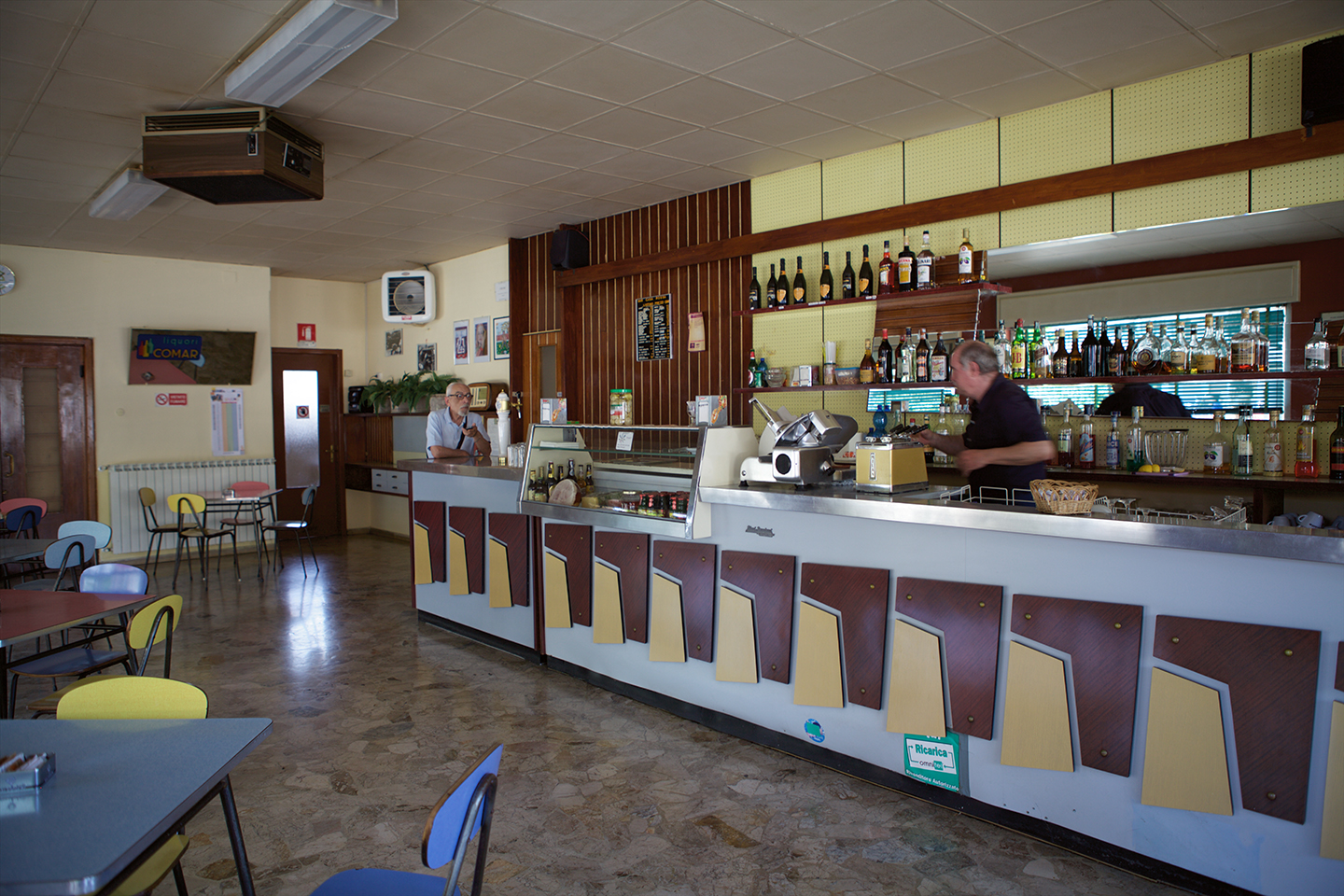Gorizia 4-6 Giugno 2015 - In/visible Cities
The workshop realised during In/visible Cities took the cue from exercise Threshold city. The presence of the border is self-evidently the most peculiar aspect of the urban identity of Gorizia, marking its history as a contested space between different national and imperial formations. This exercise reverses a typical approach to urban analysis that tends to start from cores and centralities to approach it from the opposite perspective, from where the city ceases to be the city and becomes something else, from the edges to an elsewhere.

We decided to walk along the border on each side, trying to follow the line as close as possible. As usual, each participant to the workshop chose her own specific exercise/ perspective. As we were a small group and the implications were manifold, during the exploration we have extensively browsed the EX analytical device looking for the many thematic connections emerging along the path.


The first evident connotation we encounter is that of the border as a vivid element of memory. The liminal space is a repository of traumatic remembrances and mythologies. While disappearing as an open wound, the border it is progressively embedded into the territory as a scar. Spontaneous oral storytelling, documents and pictures, signs, monuments and museal installations reverberate the historical narrative of the divided city.


We start following the course of the border on the slovenian side where it has been transformed into a bike lane. The fence is still painted with the red, blue and white colors of the Yugoslavian flag. Lightness and narrowness of this border are evident. This suggested the naming of the experience as the Thin Border. As an artificial, political imposition, the interruption of the territory is here more of a convention than a physical barrier. More than for its obstruction capacity, it rather emerges as semantic element or system of signs. This perspective inspired Teresa's exercise, who focused on different linguistic codifications on the two sides.



The images of the borderline draft with paint and a cow standing divided between two nations, the tunnel ornated with strange flowers made out of plastic bottles (an artwork?), the commemorative plaque of the Yugoslav partizans executed by the nazi, but also the festival we are attending, which is reenacting historical events and proposing new perceptions and new interpretations. The urban space is connotated by events, which coalesce with the territory and create places.

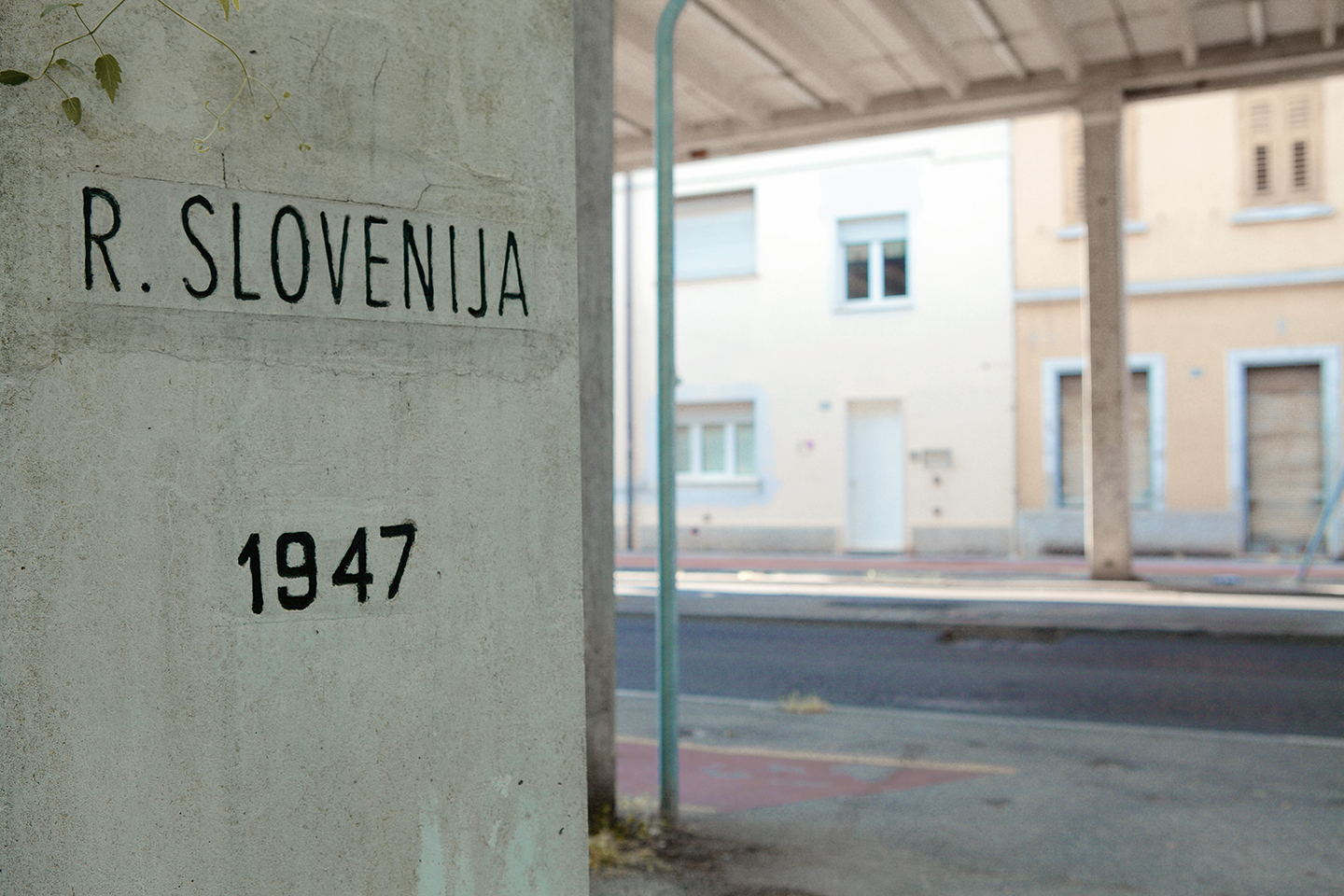
We get to one of the main former check points. The structure remains there to testify the recent past of division, but the border is now freely crossable. Continuing along the threshold, the border continues to show as a thin element, a light membrane that is (has been) more devote to filter than to obstruct movements between the two distant worlds.




Piazzale della Transalpina / Trg Europe is the strange case of a square that has two names, the toponimy reflecting the ambivalent character of the place. This square divided by the state border is in fact a place of encounter, a sort of backyard of Gorizia facing on the Railway Station of Nova Goriza, which by the way is turned on the wrong side of the city. It is the place where more visibly the government of the two cities and territories coincide and partially overlap.




This is the place where in 2004 the fence has been physically removed and the mayors have met to celebrate the entrance of Slovenia in the EU. It is also where we meet people of both nationalities, it is a place of encounter and contact between the two communities.


We continue along the station, passing through the former no mans land of the border, which on the Slovenian side has been transformed in a park and a recreation site. It is a suggestive walk rich of suggestions and situations particularly inspiring for Petra's exercise.
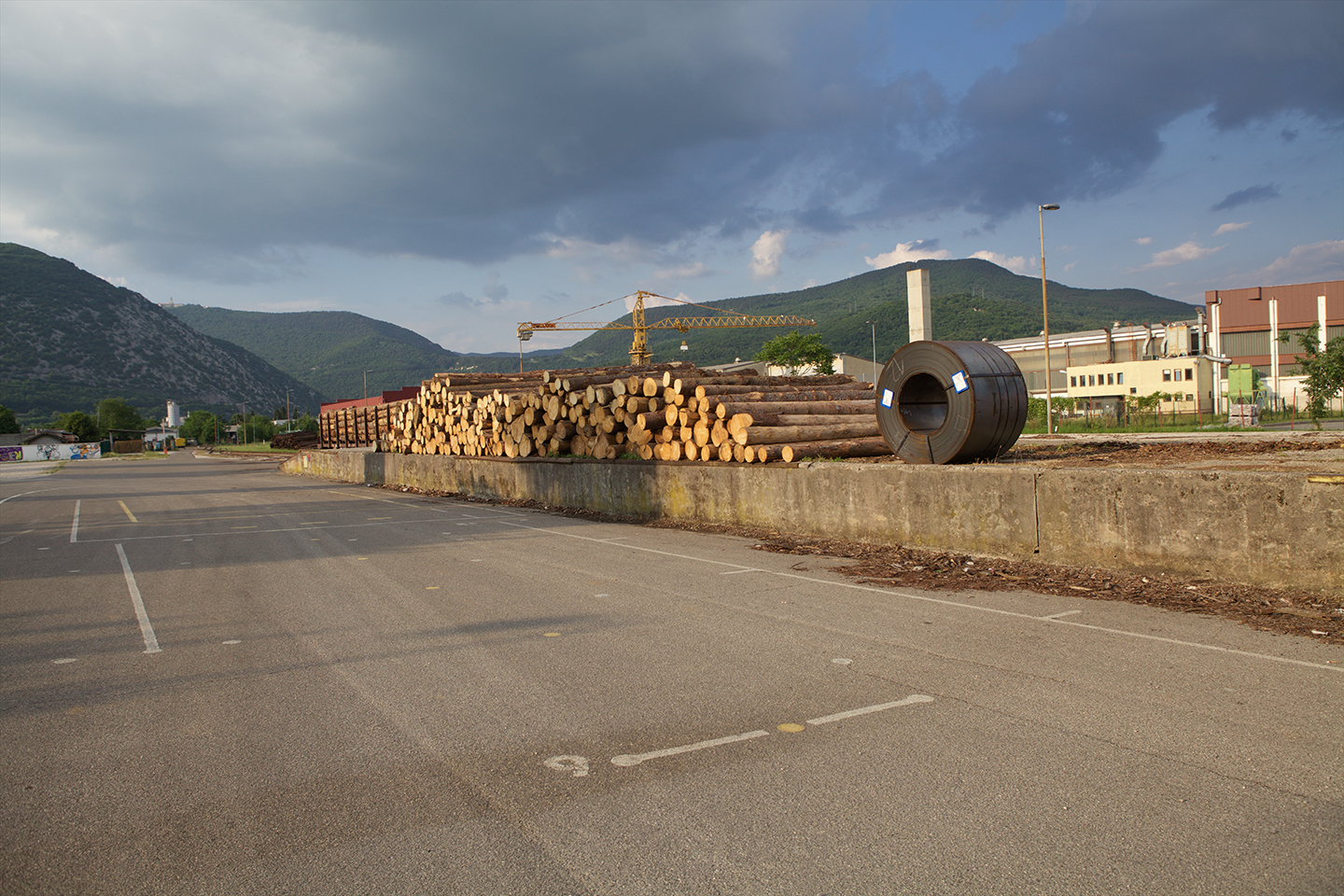




We reach the last of the abandoned customhouses in the urban territory and we turn back following the border on the Italian side. Here the border is less accesible, lost in the backyard of private houses.
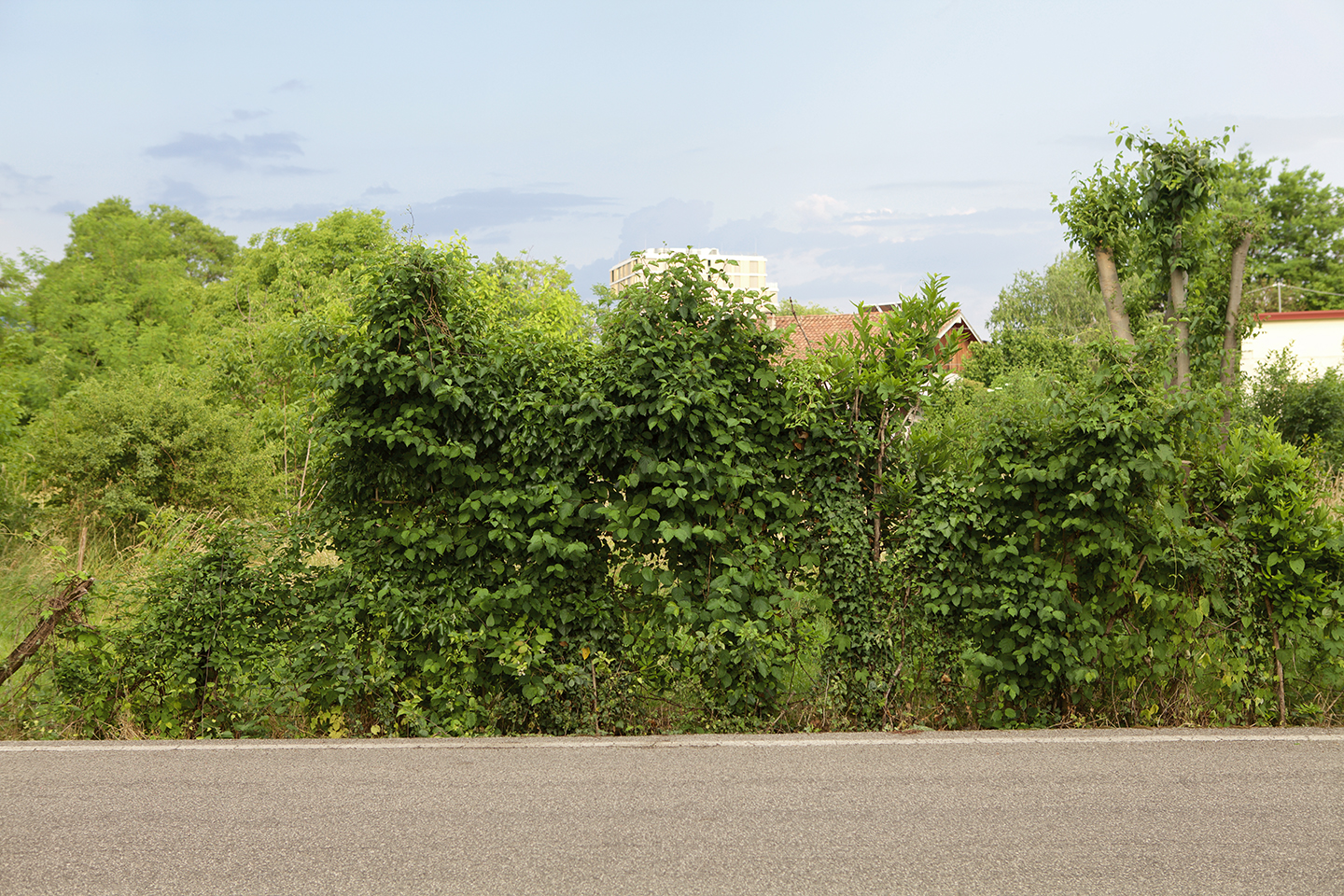
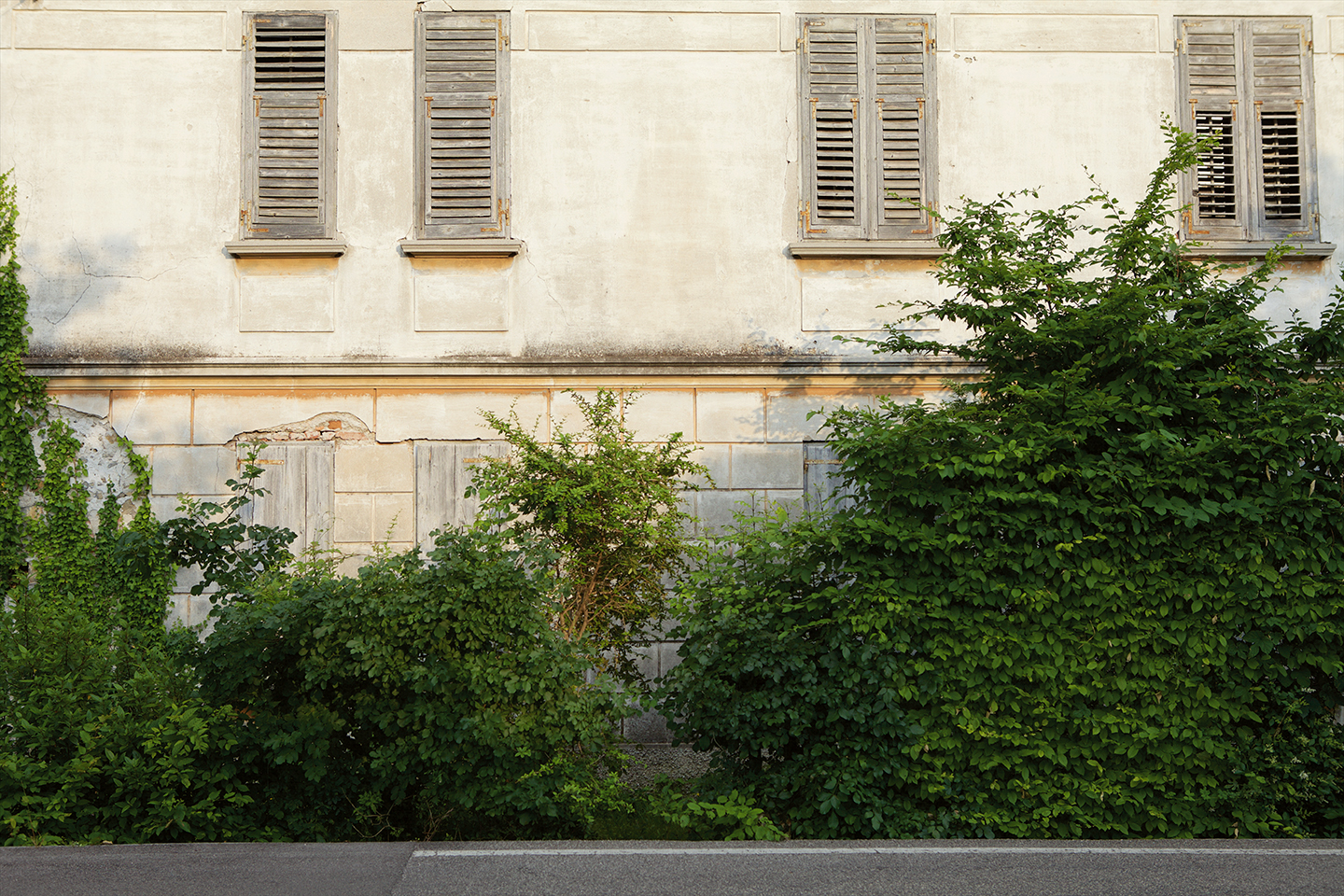

Day Two
The second day we start from the same point following the borderline in the opposite direction. On this side the landscape is even more rarefied and the border elusive. The presence of the nature and the essentially rural character of this territory clearly emerges. Somehow the minor visual impact enhances the perception through other senses, magnifying the rich smells of the humid countryside and the peaceful soundscape captured with field recordings by Teresa:



Here we we find a little more generic and informal landscape, although spontaneous elements of the landscape, object of Khadidja's attention, are quite difficult to retrieve, mainly in the form of spontaneous vegetation. The border is an artificial constuct and a place of strict control...



On the Slovenian side, in correspondance with the main passage, one of the many casinos that constitute a typical element of the border economy.








We find ourselves flanking the former psychiatric hospital, transformed today a park named after Franco Basaglia, Italian doctor which is at the origin of the progressive law 180 closing the "manicomi" (nuthouses), who worked also in Gorizia. We reflect on the fact that typically total institutions as hospitals and prisons are built at the border of the city, while sitting themselves at the contested borders between abnormality and normality, health and illness, morality and deviance...


We end up in an open countryside, where any physical barrier marking the border disappears and only sparse boundary stones indicate the division. We turn back on the Italian side and once again we are forced to distance ourselves from the border line. The impression is that the Italian community had turned its back to the border more than the Slovenian one did.

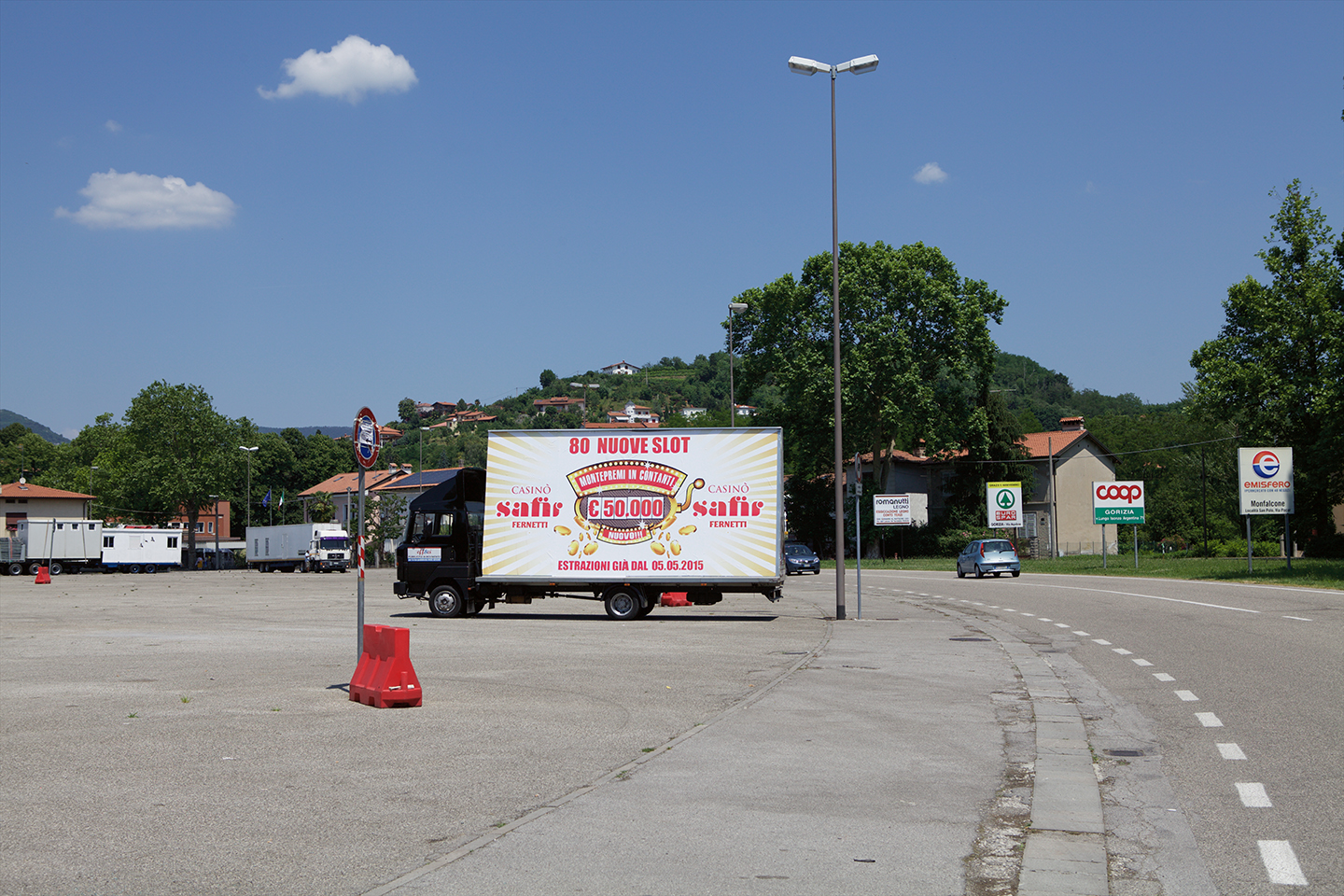

The walk ends up at the Casarossa locality, which is the main former custom checkpoint, where is still active the police precinct. A beautiful old bar preserved from the Fifties is the place where we rest and get some remembrances.


